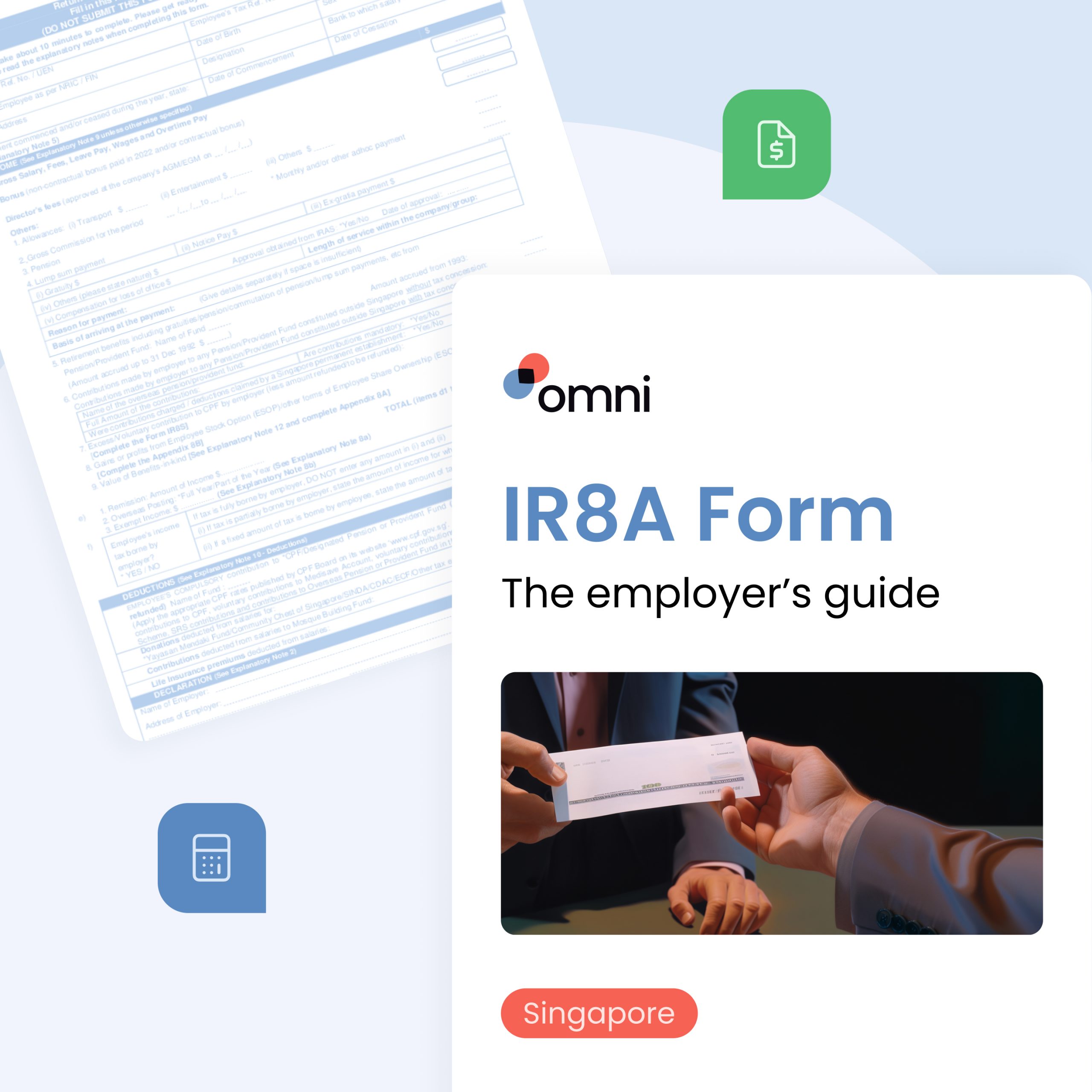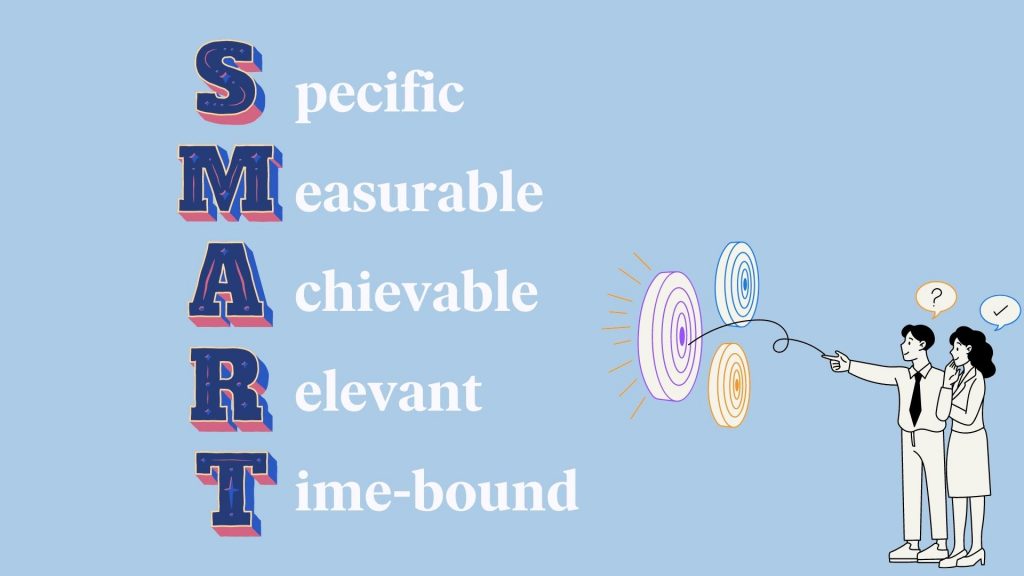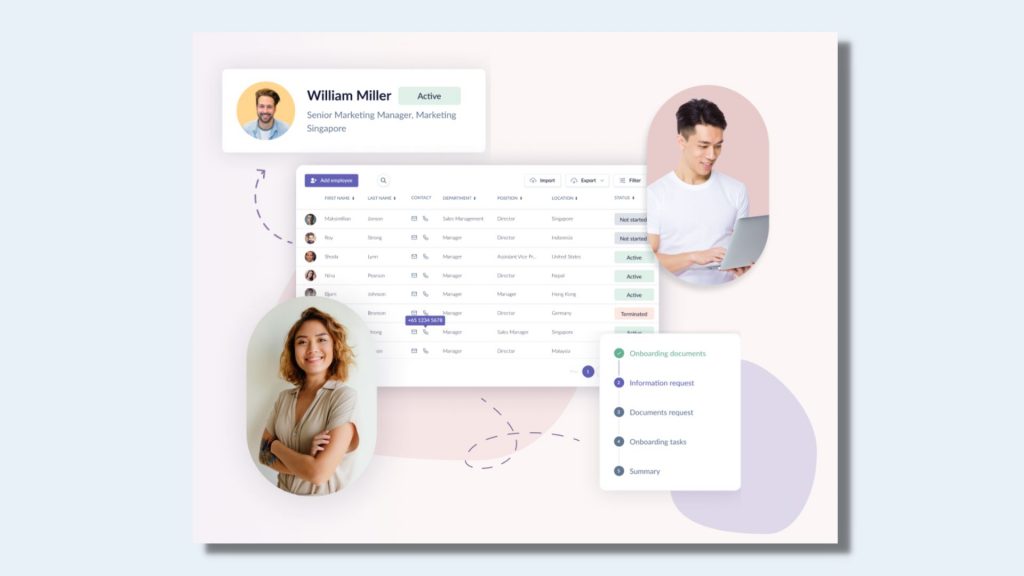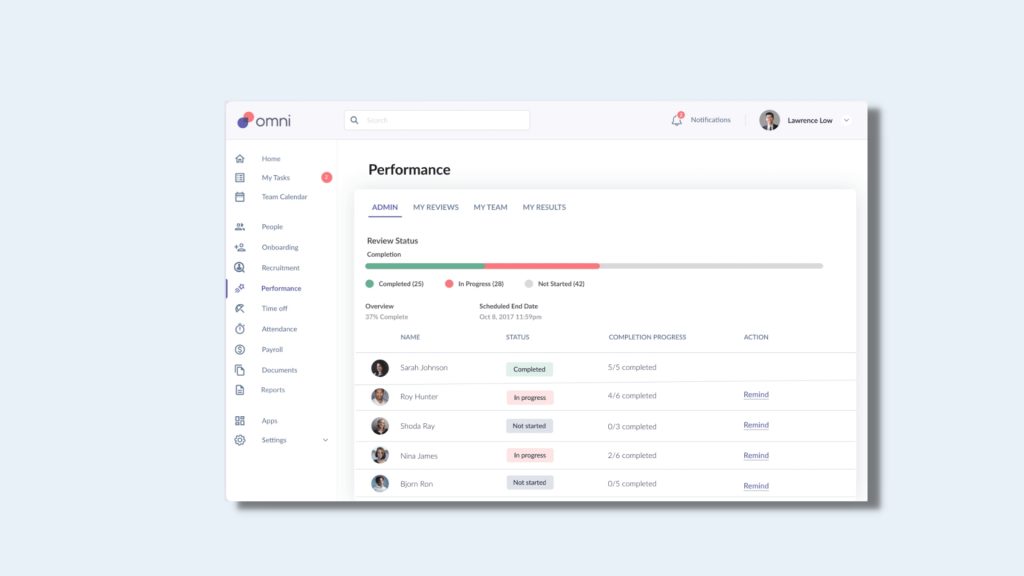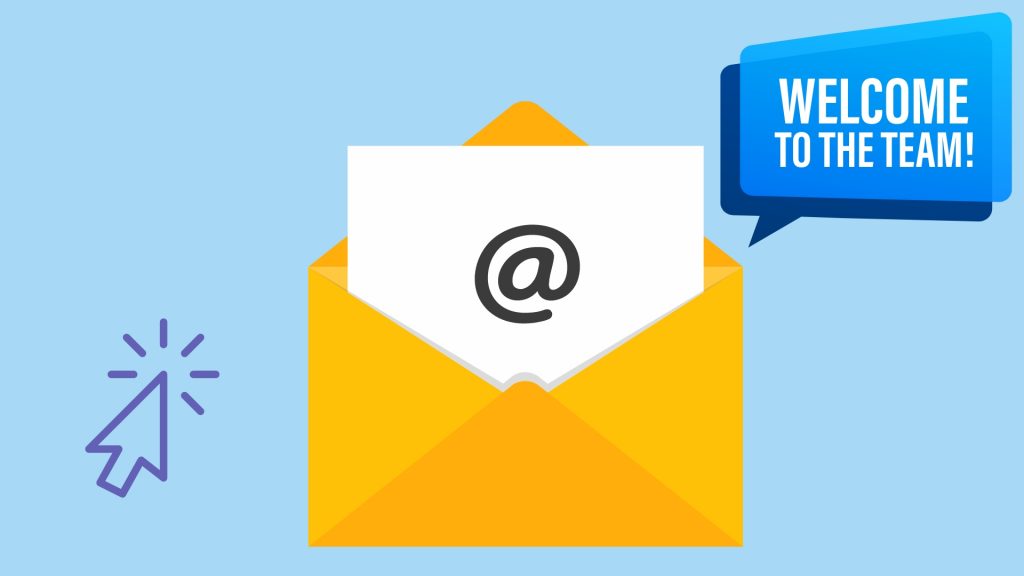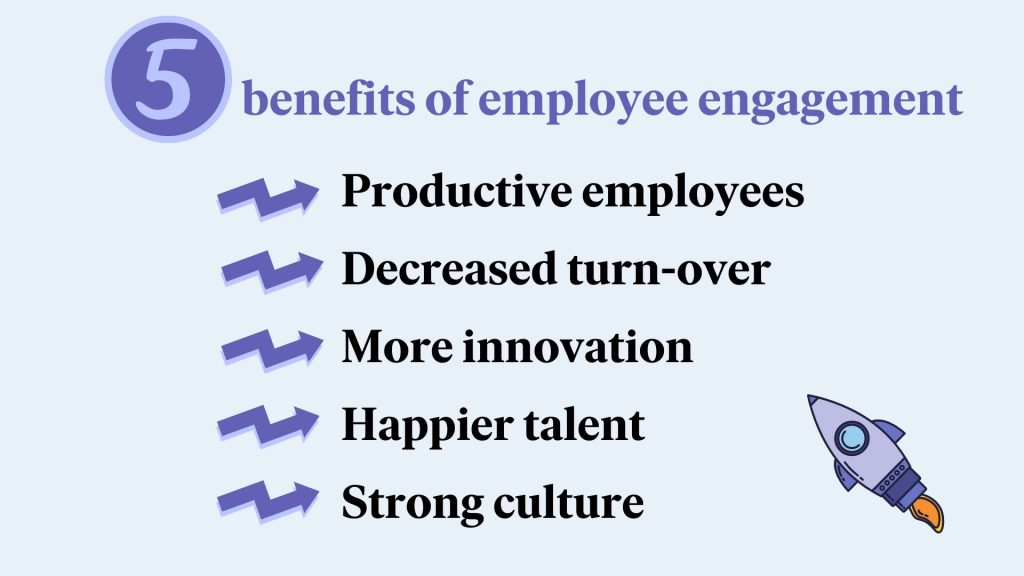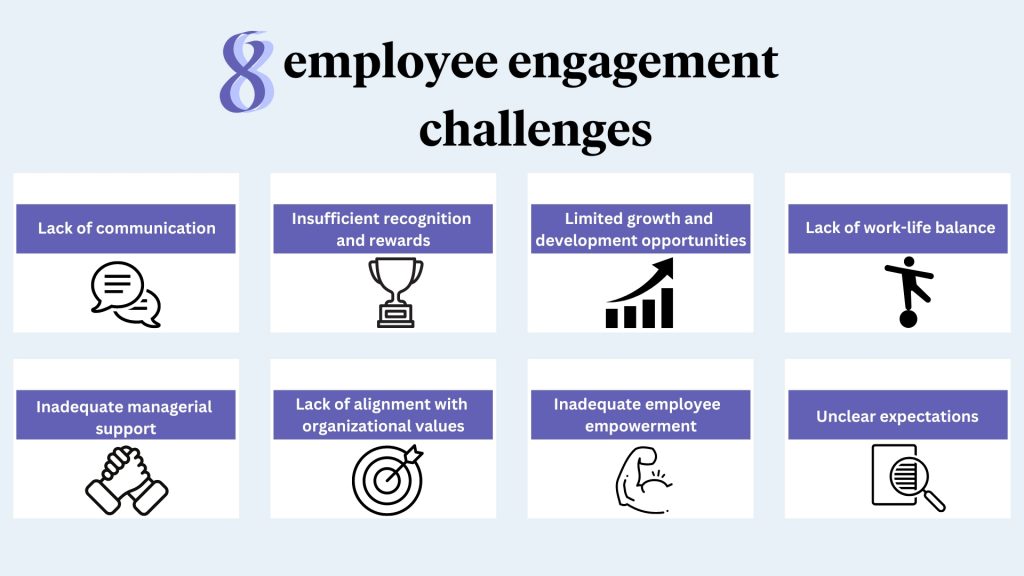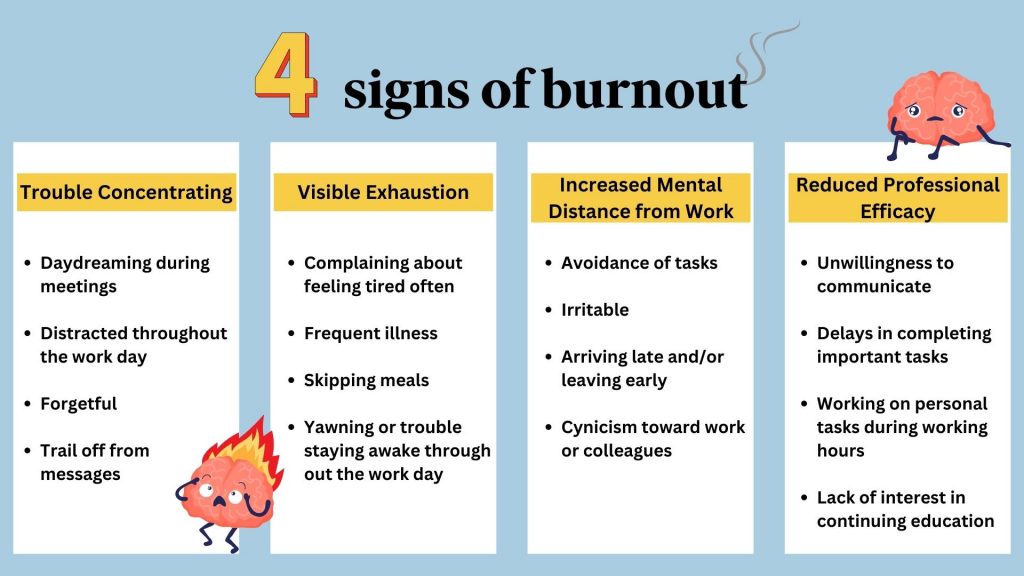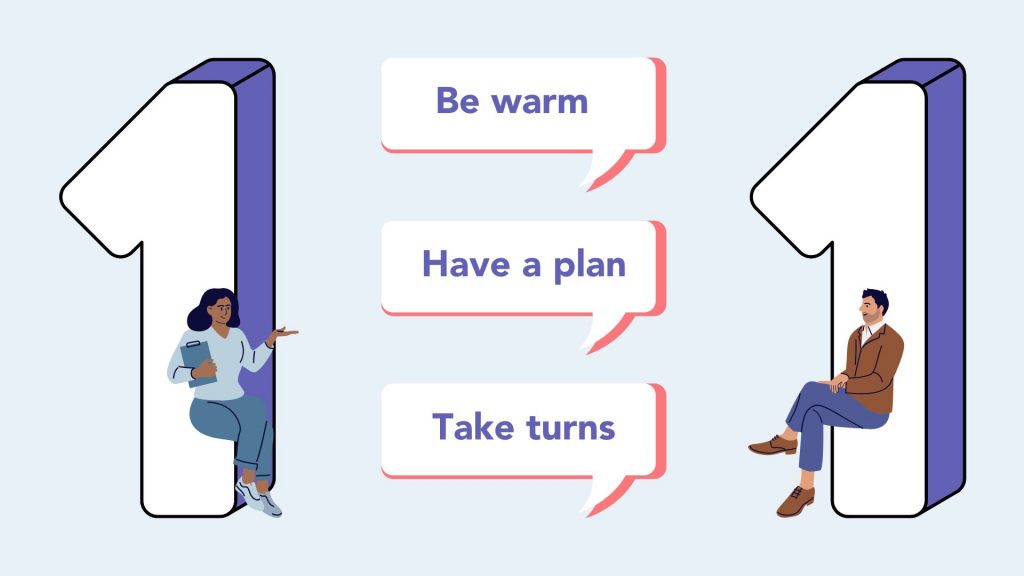Our ideas about leadership are constantly evolving. Over the last decade, the concept of a tough manager who gets results regardless of how they treat subordinates has become obsolete.
Research has consistently shown that the most successful managers share a series of leadership qualities that include empathy and compassion as well as strategic thinking and a goal-oriented perspective.
Managers have the unique opportunity to directly shape the perspectives and experiences of their teams, and are responsible for nurturing talent to achieve their full potential. There are many strategies that influence the way you manage, but great leadership has a certain set of qualities in common that translate to employee buy-in and a positive working environment.
Why Companies Need Great Leaders
Great managers can completely turn around a business and achieve fantastic results. Gallup reports that on a global scale, companies could rake in an extra $7 billion annually if their leaders were more adept at preventing conflict.
The Importance of Leadership Qualities
We all want great leadership that can drive outstanding results while fostering a productive company culture, but understanding how ineffective leadership is affecting your business can be challenging.
There are no metrics that can tell you how your company might have grown if leaders had been more empathetic or strategic or had done a better job at retaining talent.
If you want to have great leaders in key positions, it is vital to identify the qualities that the most successful leaders have in common.
For instance, research has shown that when people think highly of their managers, they are more engaged and enthusiastic about their work.
Managers, in turn, believe encouraging employee engagement is key, and they also agree that their own leadership skills are vital for driving engagement rates.
Addressing the Leadership Gap

Many people in management positions believe they should receive more and better training to develop essential leadership skills. The concept of that missing training is known as “the leadership gap.”
In one of the largest leadership surveys to date, nearly 9 in 10 business leaders said they wished they had received more leadership training before being promoted into a managerial role. And 85% of respondents said they received zero training before stepping up.
The good news is, once the leadership gap has been identified, you can address it by selecting the best candidates and giving them appropriate training. With the right human resources management system (HRMS), these important tasks can be simplified and streamlined. The result will be better leadership, increased employee engagement, and ultimately, better business results.
Understanding Leadership Styles
Before you address the leadership gap, you need to decide what great leadership looks like for your company. Not all company cultures are created equal, and each specific environment will require a particular set of skills.
No matter the particular set of skills that may be beneficial for your specific organization, there are some skills that are universally valued in leaders, regardless of industry or company size.
Leadership styles and business success
Besides affecting business results, ineffective leadership can cause talented employees to quit and go in search of greener pastures.
When done right, there are endless ways in which advanced leadership styles can contribute to business success.
Psychologist Kurt Lewin did some groundbreaking research and defined three basic leadership styles that are still an important point of reference today:
Autocratic leaders
An autocratic leader is a type of leader who holds absolute power and authority over a group or organization. Autocratic leadership is characterized by a highly centralized decision-making process, where the leader has complete control and makes decisions without seeking input or consensus from others. Autocratic leaders typically do not delegate authority or involve others in the decision-making process.
Laissez-faire leaders
In contrast to autocratic leaders, laissez-faire leaders leave absolutely everything in the hands of their subordinates. One of the problems with this type of leadership is that it puts the onus entirely on the team, with no clear leader or person to hold accountable. If team members are not sufficiently motivated, very little will get done.
Democratic leaders
DemocraticThese leaders integrate others into their decision-making process. They take responsibility for business outcomes, and their focus is on positive results not only for the organization but also for all team members.
In today’s fast-paced business world, there is little room for non-democratic leaders. Democratic does not mean that everything is up for a vote. But a good democratic leader will know when to consult their team members, how to identify the necessary expertise in their employees, and which aspects of the task at hand are non-negotiable based on their company’s mission, vision, and culture.
Traits of an Impactful Leader
Good leadership is a multifaceted topic; there are countless ways to successfully lead a team, and every good leader has their own unique approach that works for their business.
Amid the many styles and approaches to leadership, 3 main traits stand out across all impactful leaders.
A manager who has successfully developed outstanding empathy, decisiveness, and strategic thinking is likely to succeed in terms of both employee engagement and business results.
Good leaders are empathic

True leaders have superior emotional intelligence. In the last couple of years, empathy has emerged as one of the most critical skills for business leaders. “Far from a soft approach,” Forbes recently reported, empathy “can drive significant business results.”
According to this latest research, great leaders who demonstrate empathy do not only generate a healthier atmosphere but also achieve better results in terms of innovation and talent retention.
When your goal is to keep employees engaged and at the top of their performance, empathy can help you create the right conditions for talent to blossom and thrive, and even help low performing employees reach their full potential.
Empathy is one of the top leadership qualities, and emotional intelligence is the matter from which empathy is made. Without this type of intelligence, commonly known as EQ, empathy can be either insufficient or misguided.
Emotional intelligence
If you are in a competitive industry, your organization’s employees likely face all kinds of stress in the shape of long hours and demanding deadlines. These conditions can be taxing on employee bandwidth and morale, which is why it is essential to have leaders with high emotional intelligence to offer support and empathy.
Good leaders have the emotional intelligence to be assertive without being arrogant, to avoid unnecessary confrontation, and to inspire the best performance from their employees, regardless of their various personality types.
The best leaders are fair, while catering to the unique needs of their individual team members. This can take the form of positive reinforcement, difficult conversations such as negative feedback, or personalized goal setting like creating KPIs to help motivate employees.
Empathy as a driver for innovation
Empathy may make our work life more pleasant., but that is only the tip of the iceberg.
Research by Catalyst found that aside from dramatically increasing employee engagement rates, empathy is also a driver for innovation.
Survey respondents who had empathic leaders, Catalyst found, were able to be innovative much more frequently than people whose leaders were not considered empathic.
According to Baruch Sachs, Global Client Innovation VP at Pegasystems, “at its core, design thinking is about empathy. To really understand a problem we are trying to solve, we must have an empathic view of the people who are experiencing that problem.”
Without empathy, it is impossible to understand our customers´ needs. And therein lies the essence of innovation, stepping out of our own reality and imagining walking in someone else’s shoes.
As technology dominates every aspect of our work, empathy becomes more important than ever before.
Empathy ensures talent retention
Research has found a direct link between empathy and employee retention. Women who feel valued and respected at work are over four times more likely to stay at their companies than those who feel underappreciated and disrespected.
Better work-life balance and more inclusive workplace environments are also associated with empathic leaders. When they cultivate empathy, leaders reduce the impact of racial bias, gender bias, and other types of prejudice. And when leaders are empathic, employees can better navigate the demands of their work and personal life.
Good leaders are decisive

Today’s leaders must constantly make quick decisions.
Having an indecisive leader can be disastrous for your organization. It could lead to missed opportunities and significant business losses.
The strongest leaders can make important decisions in a way that inspires everyone to get aligned with their strategies.
They may not waver, but they continuously evaluate the impact of their decisions throughout the process and pivot whenever it makes sense.
Additionally, the best leaders consider every aspect and ask for relevant opinions. They facilitate the decision-making process, rather than deciding unilaterally without considering the needs of all stakeholders.
Good leaders are strategic

Leaders who understand their company’s strategic vision and make it an integral part of their work are able to drive the success of their organization with precision and purpose.
Strategic leaders show their employees the way, pointing them in the right direction to achieve the company’s goals.
Strategic leaders also know where to allocate resources, how to execute organizational change when needed, and how to react to external factors.
When they have a strategic manager, employees better understand their role in the organization and how their actions influence business outcomes which promotes pride in their work.
To encourage productivity and good performance, strategic leaders create reward systems and support everyone on the team in making decisions that can lead to achieving goals.
Common characteristics of strategic leaders
- Alignment of vision with actions and words
- Broad, long-term perspective
- Derive information from both formal and informal sources to get a well rounded perspective
- They use power wisely, actively working to gain employee buy-in and pushing ideas gradually rather than simply imposing them
- They are comfortable delegating and authorizing their employees to make decisions
Ultimately, strategic leaders know how to develop a vision, how to communicate it, and how to drive their teams to materialize it.
Other essential leadership qualities
While strategy, empathy, and decisiveness are the core characteristics of an impactful leader, there are many other leadership qualities that can have a positive impact on employee satisfaction and business outcomes.
Authenticity
Authenticity is one of the leadership qualities most appreciated by employees. When a leader is authentic, they can inspire trust and loyalty.
Creativity
Effective leaders are also creative. They work to find out-of-the-box solutions to complex problems, and inspire innovation.
Positive attitude
One of the leadership qualities every great manager must have is a positive attitude.
Self awareness
Self aware leaders have a strong understanding of their capabilities as well as their effect on their team. They don’t assume they are capable of doing everything, and they surround themselves with people who have the skills and talents that best complement their own.
Flexibility
Outstanding leaders are flexible. Willing to change or pivot once presented with new information, flexible leaders know how to listen and are always ready to learn something new and change course.
Improve Your Employee Management with Omni
Impactful leadership requires thoughtful and strategic actions to garner employee engagement and buy-in. Whether that’s through regular performance reviews, consistent and timely communication, or a strong understanding of employee engagement rates and performance through actionable data. Leaders that aim to deepen their impact can benefit from an HRMS system to help them automate and streamline their efforts, helping them free up valuable time to focus on the more strategic components of their role.
Omni offers a comprehensive set of tools to streamline and help you carry out the essential tasks of employee management By automating the entire end-to-end employee lifecycle, Omni unlocks the ability for managers and leaders to support their employees without sacrificing their limited, valuable time on manual or repetitive tasks.
Further, the data collected by Omni and analyzed using its proprietary tools will help you understand which leaders are driving performance, fostering an inclusive culture, and keeping employees engaged.
How HRMS can foster leadership skills
Through Omni’s data and analytics, leaders can gain a clear perspective on their employee’s performance, identifying opportunities for growth and getting ahead of any performance issues early on. By gaining a clear picture of team members’ contributions, leaders can adequately support their employees, help set impactful goals, and offer much needed training and development opportunities that are uniquely tailored to each employee.
Benefits of Omni-Powered Leadership Qualities
When you put Omni to work for your organization, leadership qualities can develop naturally, eventually driving performance and results.
Talent retention
Omni helps you identify and track employee’s contributions and wins, providing an opportunity to recognize employee’s hard work. When leaders demonstrate their appreciation for their employee’s contributions, employee retention increases.
Customer satisfaction
Strategic leaders keep customer satisfaction front and center of their management and business strategies. When done well, they can even anticipate customer’s needs, developing products and services designed to directly address their pain points.
With Omni, leaders can leverage and customize employee performance reviews to support and nurture areas of employee performance that directly contribute to driving customer satisfaction.
Increased productivity
By inspiring employees to do their best and guiding them toward achieving company goals, great leaders can boost productivity. Motivated employees whose work is aligned with their organization’s vision work harder and drive better results.
Omni gives you real-time insights into employee productivity, so you can detect any problems early on and rapidly address them.
If you are interested in taking your managers’ leadership skills to the next level, book a demo with our team today to learn how Omni can help you effectively manage your employees to deepen your impact and drive results.
